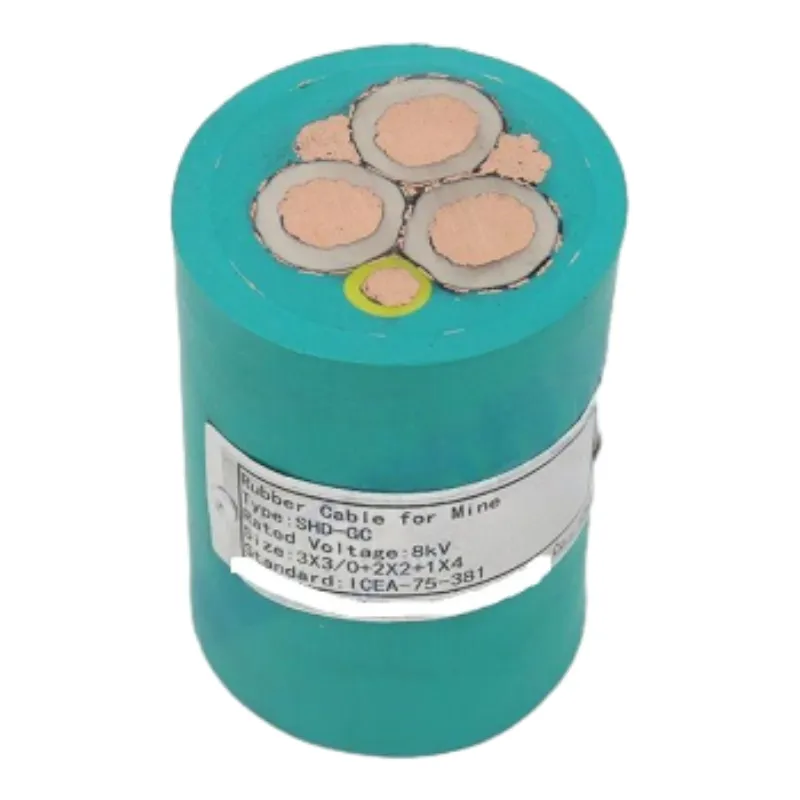Nov . 13, 2024 08:56 Back to list
silent check valve
Understanding Silent Check Valves Functionality and Applications
Silent check valves are critical components in various piping systems, designed to prevent backflow and ensure the smooth operation of fluids in a controlled manner. Unlike traditional check valves that can produce noticeable noise and vibration when closing, silent check valves operate quietly, minimizing disturbances in the system. This article delves into the functionality, construction, advantages, and applications of silent check valves.
Functionality of Silent Check Valves
The primary function of a silent check valve is to allow flow in one direction while automatically blocking reverse flow, which can potentially cause damage or inefficiencies in a system. The valve achieves this by utilizing a unique design that incorporates a spring-loaded mechanism. When fluid flows in the desired direction, the valve opens, allowing the fluid to pass. If the flow direction reverses, the valve closes swiftly and silently, thanks to the spring mechanism that seats the valve disc securely against the body, preventing backflow.
This function is not only crucial in maintaining the integrity of the system but also in protecting equipment and ensuring the safety of operations. For instance, in water supply systems, backflow can lead to contamination of potable water sources.
Construction of Silent Check Valves
Silent check valves are typically constructed from materials such as stainless steel, bronze, or PVC, depending on their application. The design includes a valve body, a disc (or closure element), and a spring. The disc is the part that moves to either open or close the valve, while the spring provides the necessary force to keep the disc seated when there is no flow or when flow reverses.
Many silent check valves are designed to be compact and lightweight, making installation in tight spaces easier. Additionally, they often feature a flanged or threaded connection for straightforward integration into existing piping systems.
Advantages of Silent Check Valves
The advantages of using silent check valves are numerous
silent check valve

2. Enhanced Efficiency The quick closing action of silent check valves minimizes the risk of water hammer, a phenomenon that can cause pressure surges and damage to piping systems.
3. Durability Many silent check valves are designed for longevity, able to withstand high pressures and temperatures while maintaining performance.
4. Versatility Silent check valves are used in a wide range of applications, including water treatment, HVAC systems, and wastewater management, making them a versatile choice for engineers and designers.
Applications of Silent Check Valves
Silent check valves find applications in various industries. In municipal water supply systems, they prevent the backflow of water, ensuring the integrity of the supply. In HVAC systems, they help maintain the direction of flow in chilled or hot water circulation, enhancing efficiency and performance. Moreover, in the oil and gas industry, silent check valves assist in protecting pipelines from reverse flow during pump failures or emergencies.
In industrial processes, silent check valves can be found in wastewater treatment plants, chemical processing units, and food and beverage manufacturing. Their ability to operate quietly and efficiently is crucial in maintaining optimal operational conditions.
Conclusion
Silent check valves represent a vital component in modern fluid management systems. Their ability to prevent backflow silently and efficiently ensures the safety and integrity of various applications. With their growing importance across multiple industries, understanding their design and functionality is crucial for engineers, designers, and operators involved in fluid dynamics and system management. As technology continues to advance, silent check valves will undoubtedly play a significant role in optimizing performance and reliability in fluid systems.
Share
-
Reliable Wafer Type Butterfly Valves for Every IndustryNewsJul.25,2025
-
Reliable Flow Control Begins with the Right Ball Check ValveNewsJul.25,2025
-
Precision Flow Control Starts with Quality ValvesNewsJul.25,2025
-
Industrial Flow Control ReliabilityNewsJul.25,2025
-
Engineered for Efficiency Gate Valves That Power Industrial PerformanceNewsJul.25,2025
-
Empowering Infrastructure Through Quality ManufacturingNewsJul.25,2025